Procter & Gamble Case Study: Innovation, Marketing, and R&D Analysis
VerifiedAdded on 2023/06/05
|20
|1395
|132
Case Study
AI Summary
This case study provides an overview of Procter & Gamble's (P&G) business, focusing on its innovation capabilities, marketing strategies, and the impact of external factors. It highlights P&G's innovation advancements, marketing organizational structure (product type, geographical, and functional divisions), market research techniques (qualitative, quantitative, and online), and R&D methodology (consumer knowledge, superior technology, and branding). The analysis includes Porter's Five Forces and macro-environmental factors affecting P&G. Recommendations suggest reviewing brand image strategies, embracing online advertising, and diversifying to new stores to mitigate market risks. The study also examines P&G's technological perspective, open innovation process, and enhancements to its innovation capacity through research networks and partnerships, ultimately aiming to provide insights for strengthening P&G's market position and global presence. Desklib provides access to similar solved assignments and study resources for students.
1 out of 20
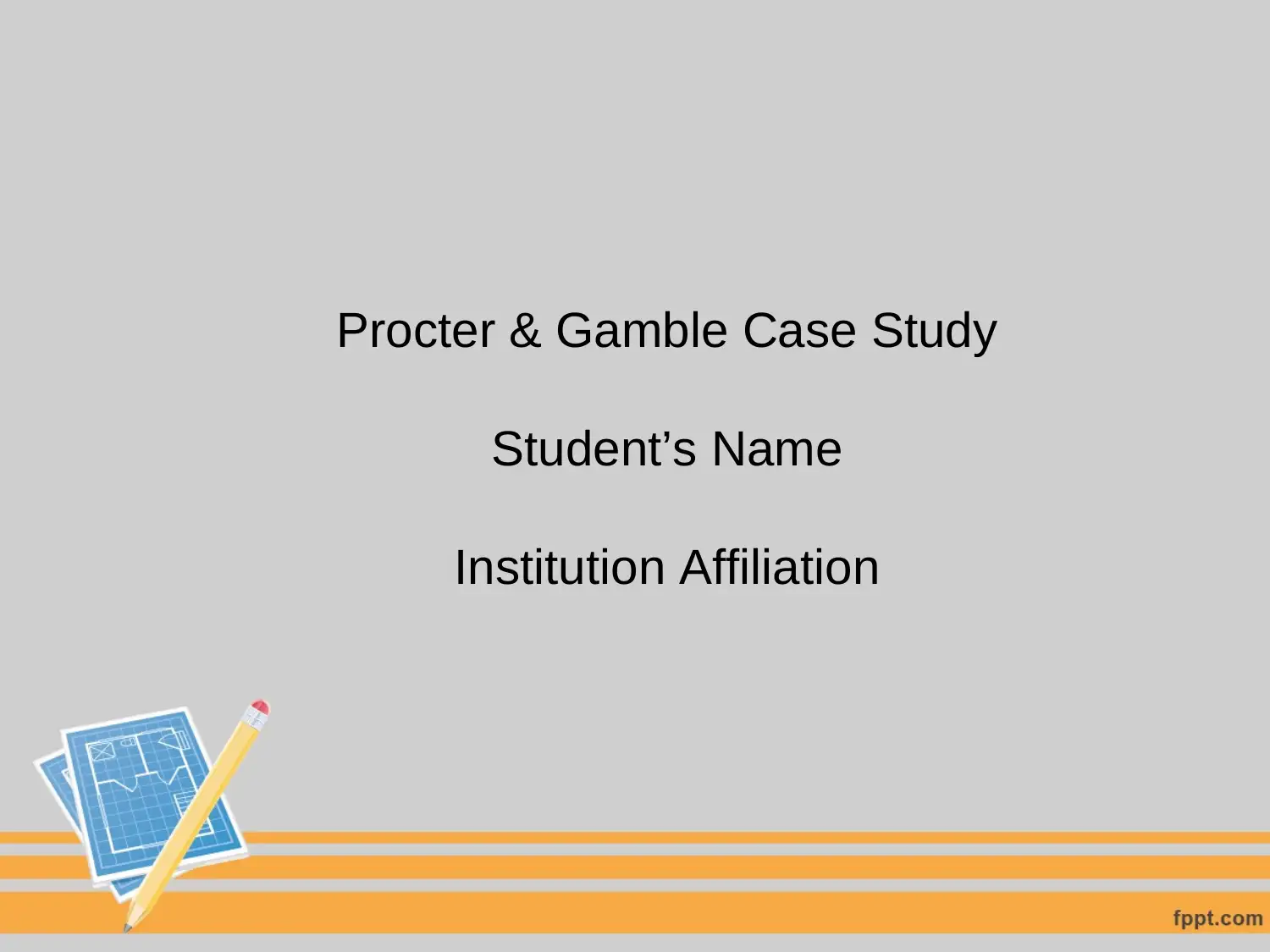
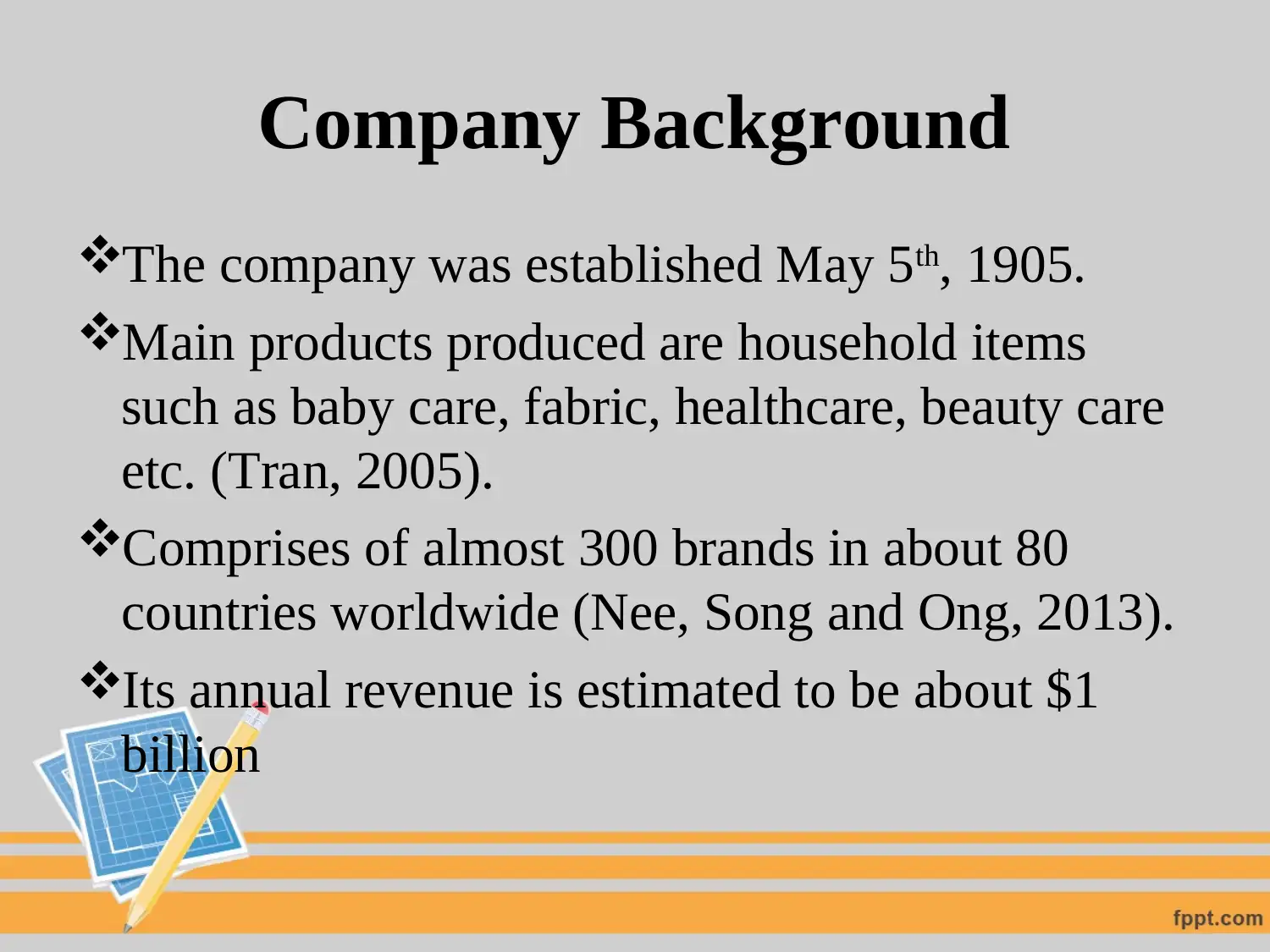
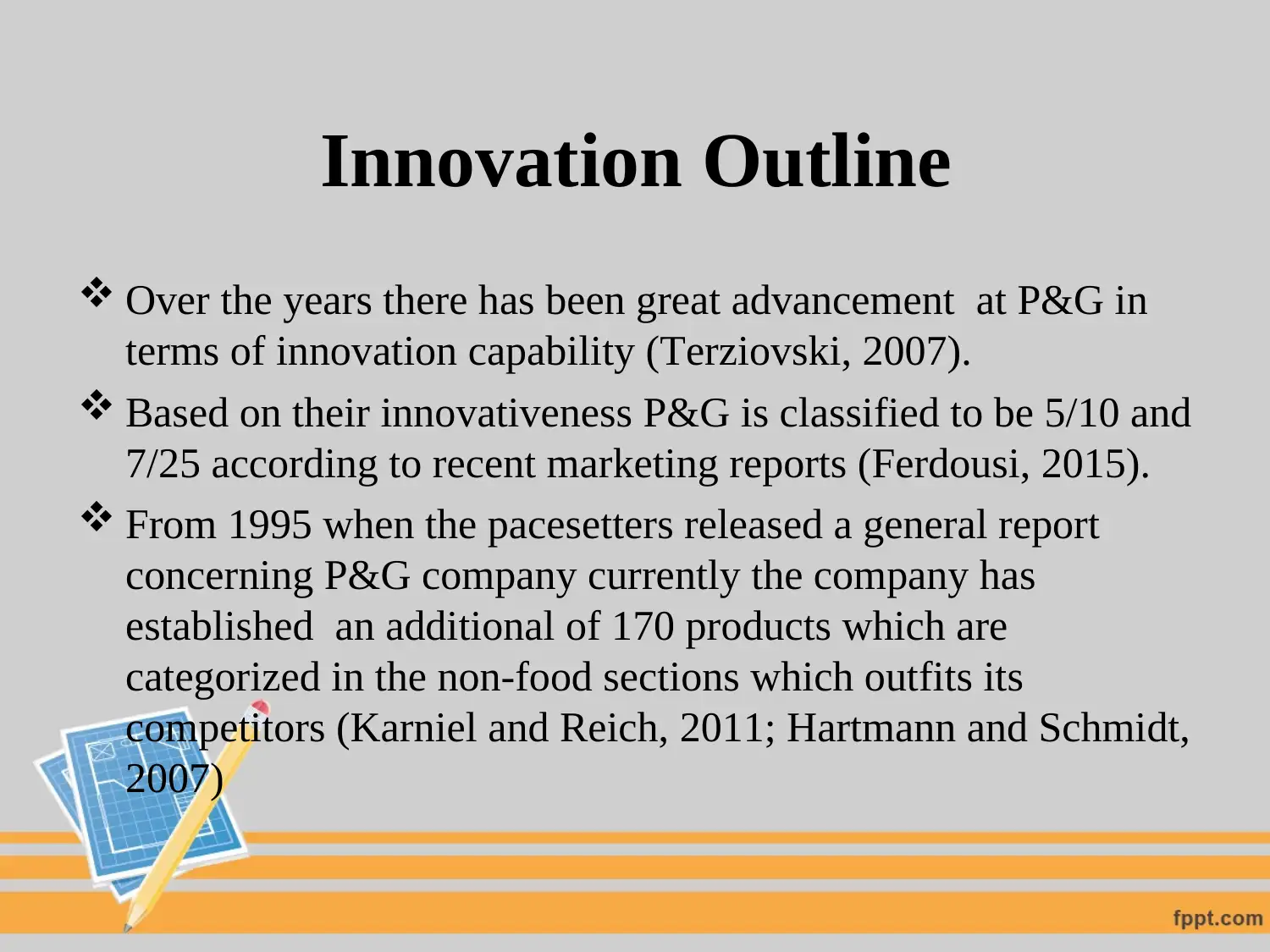

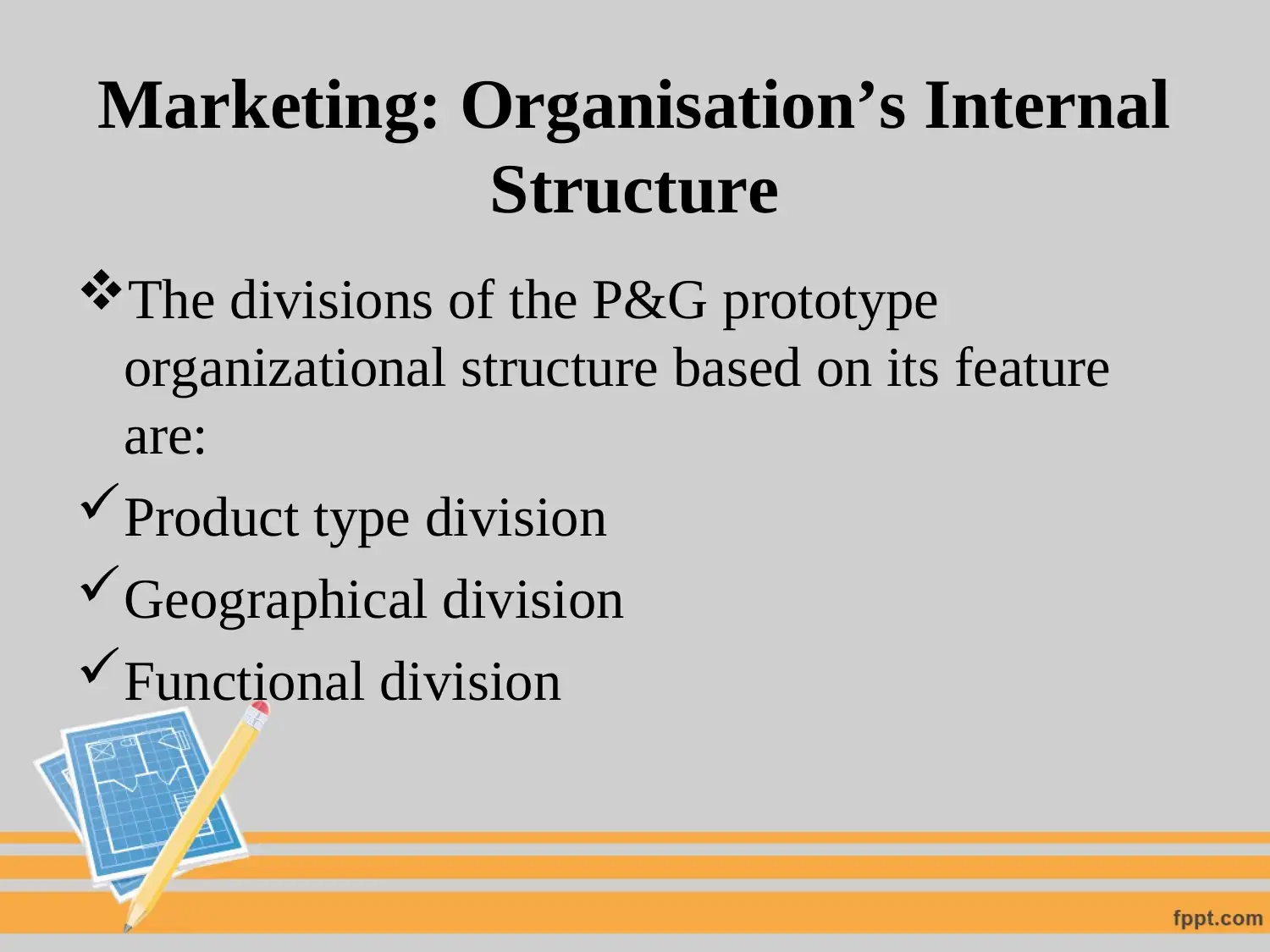
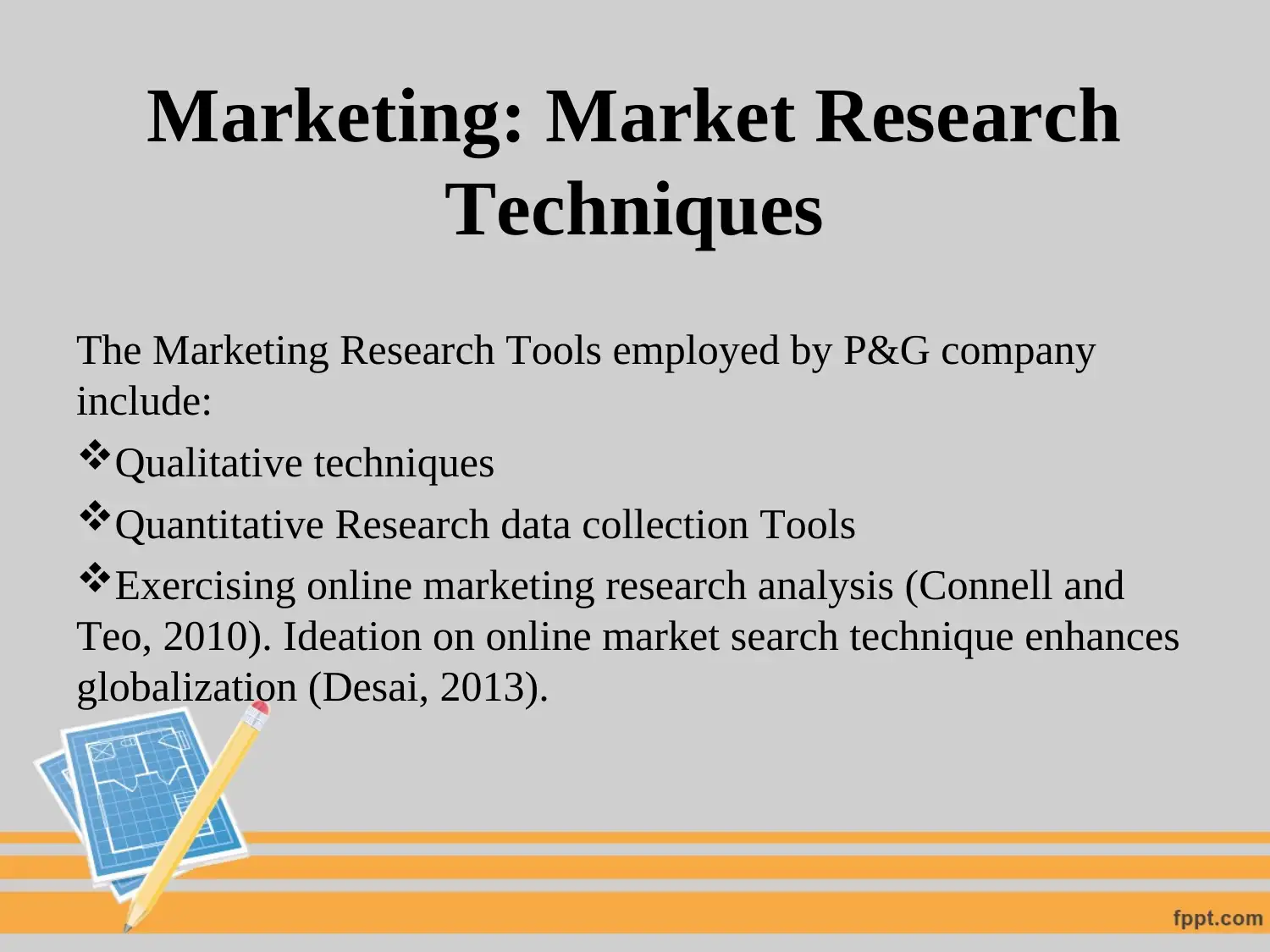
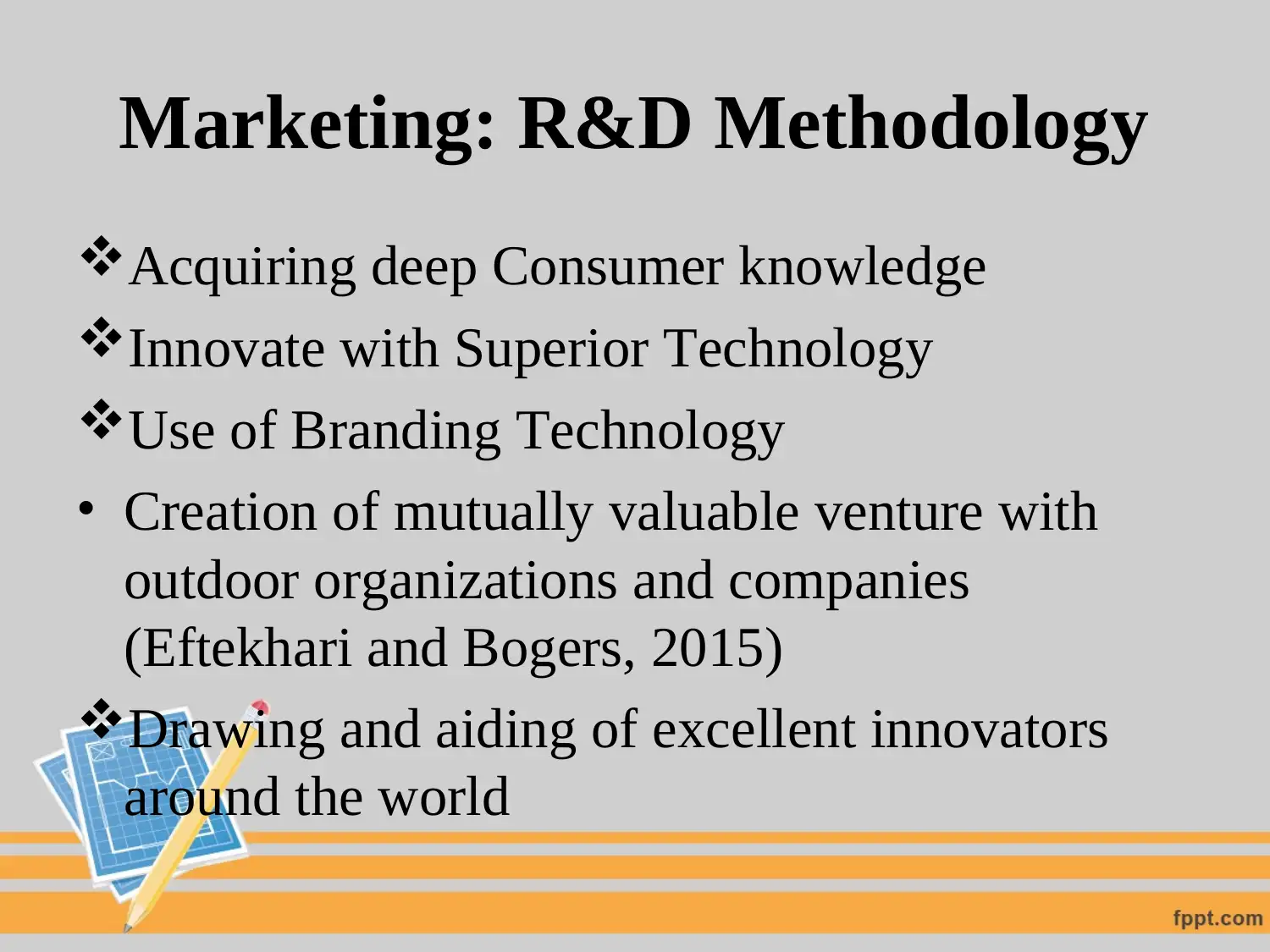
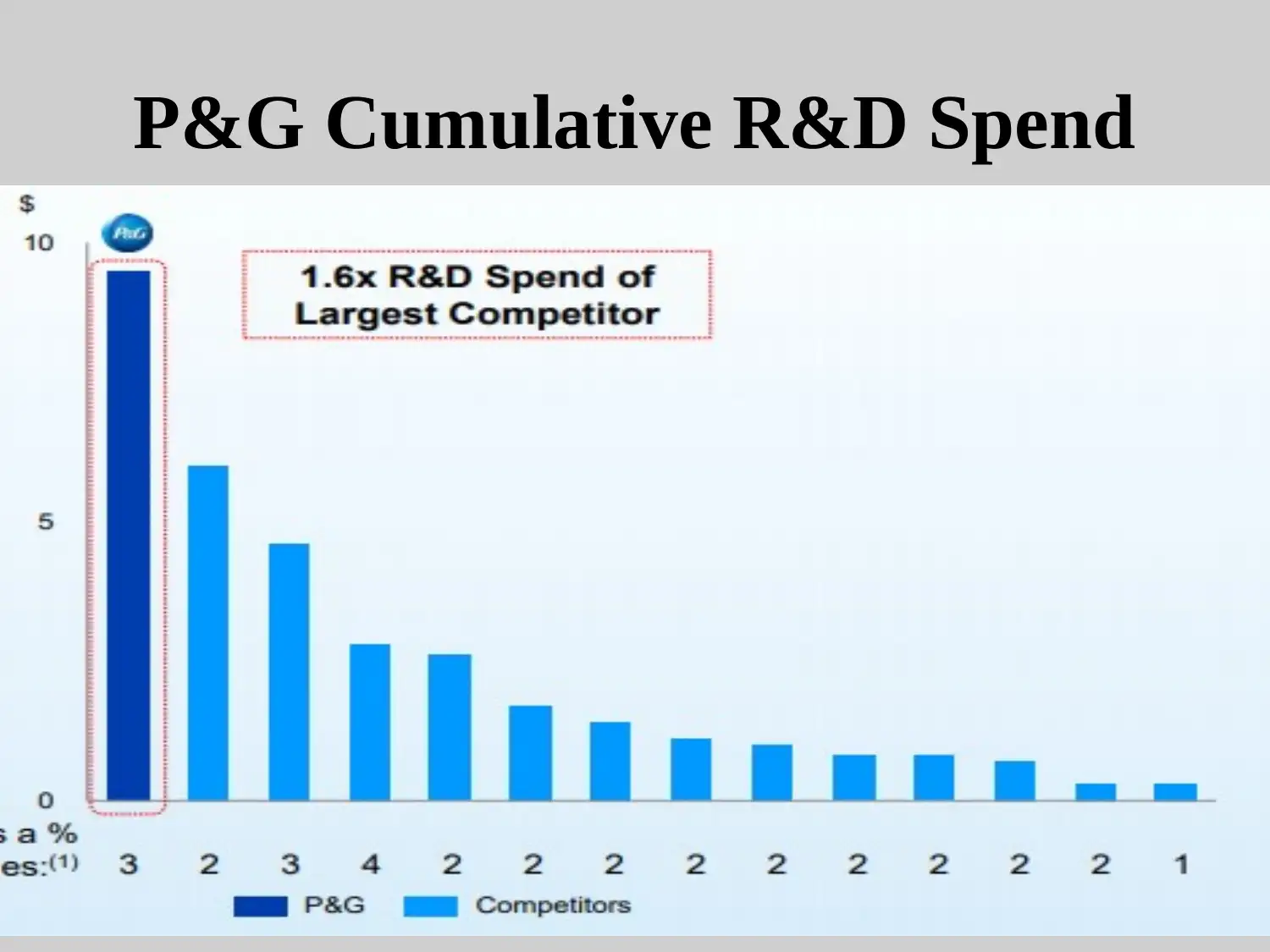
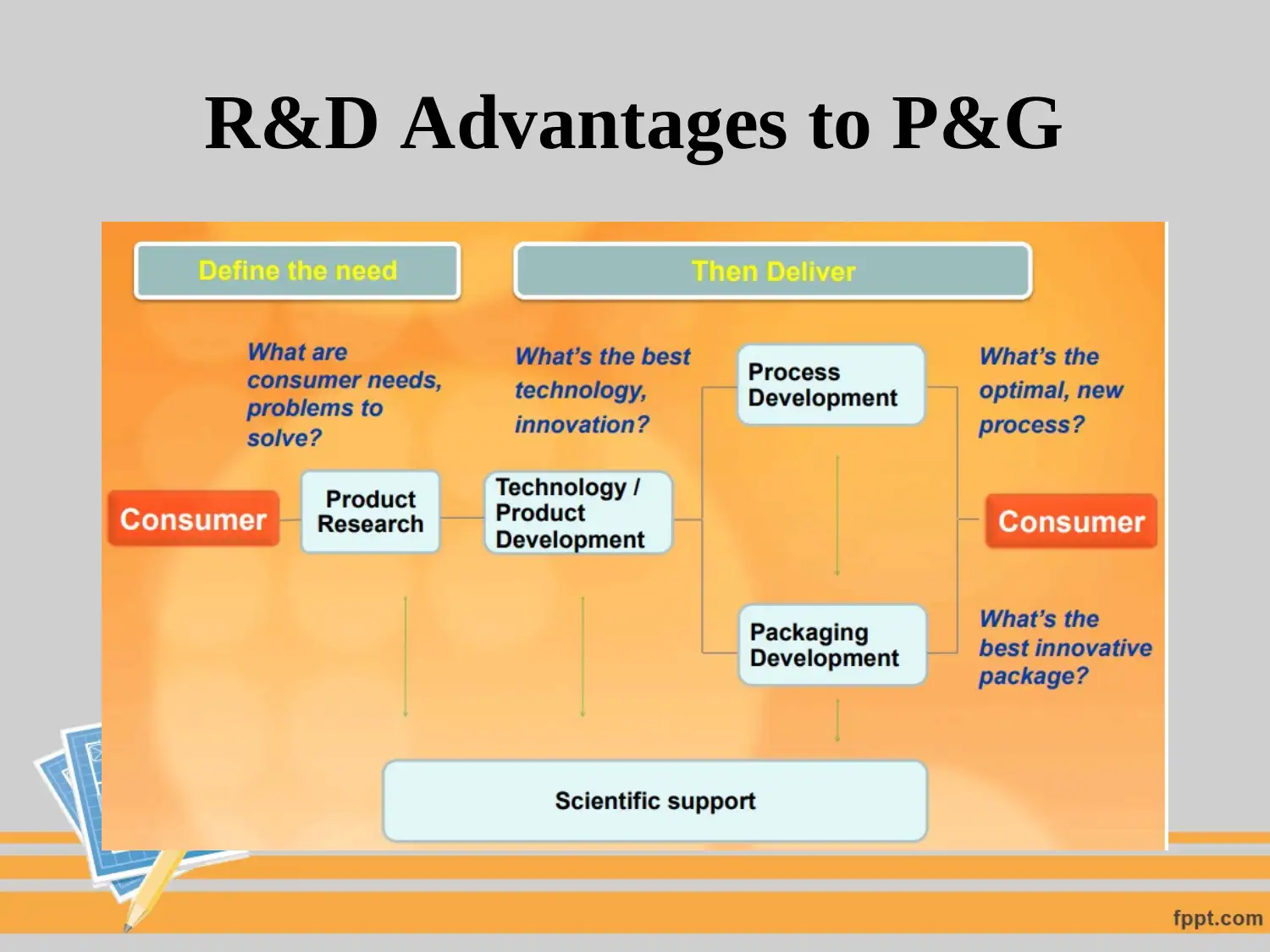
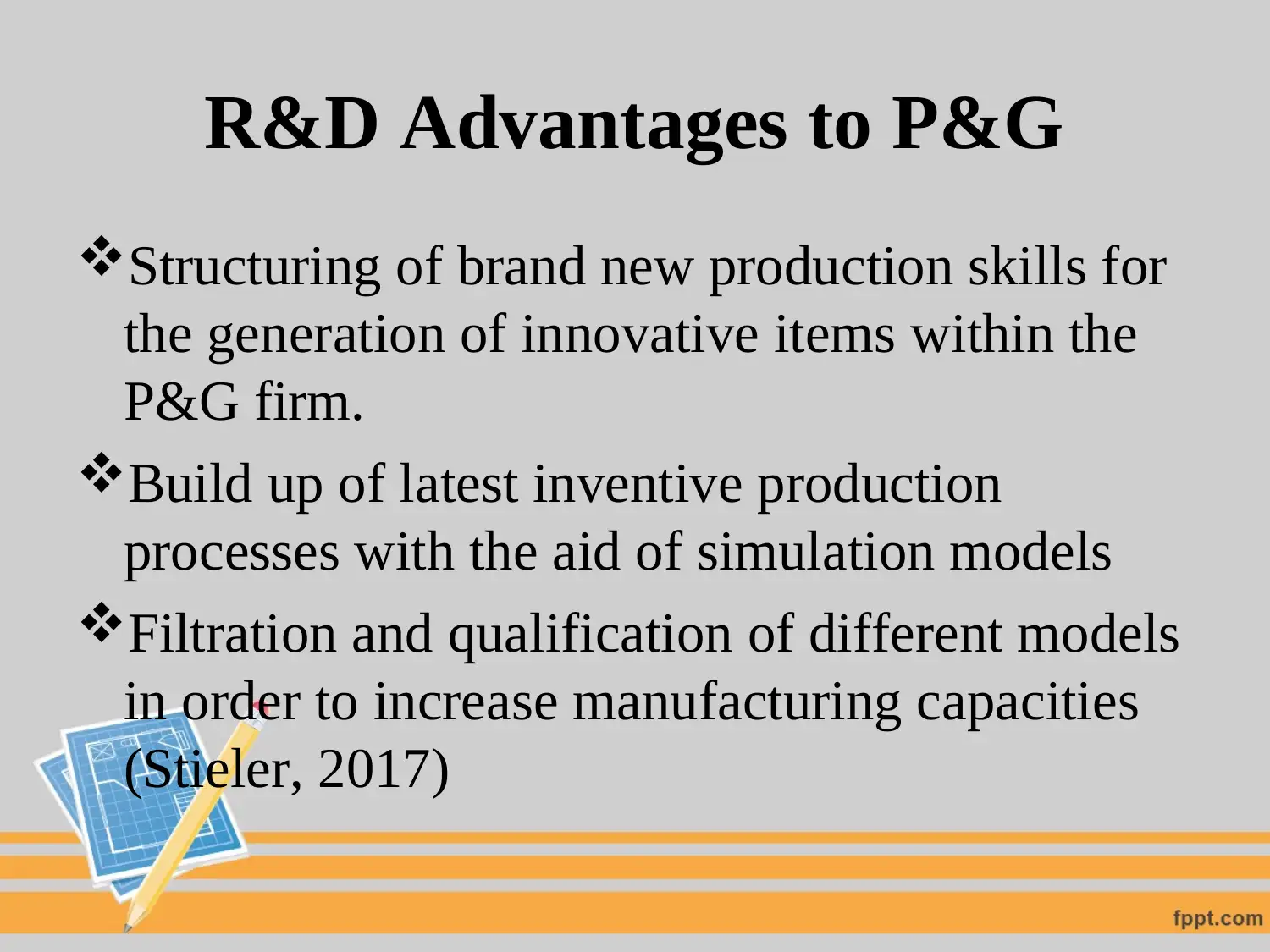
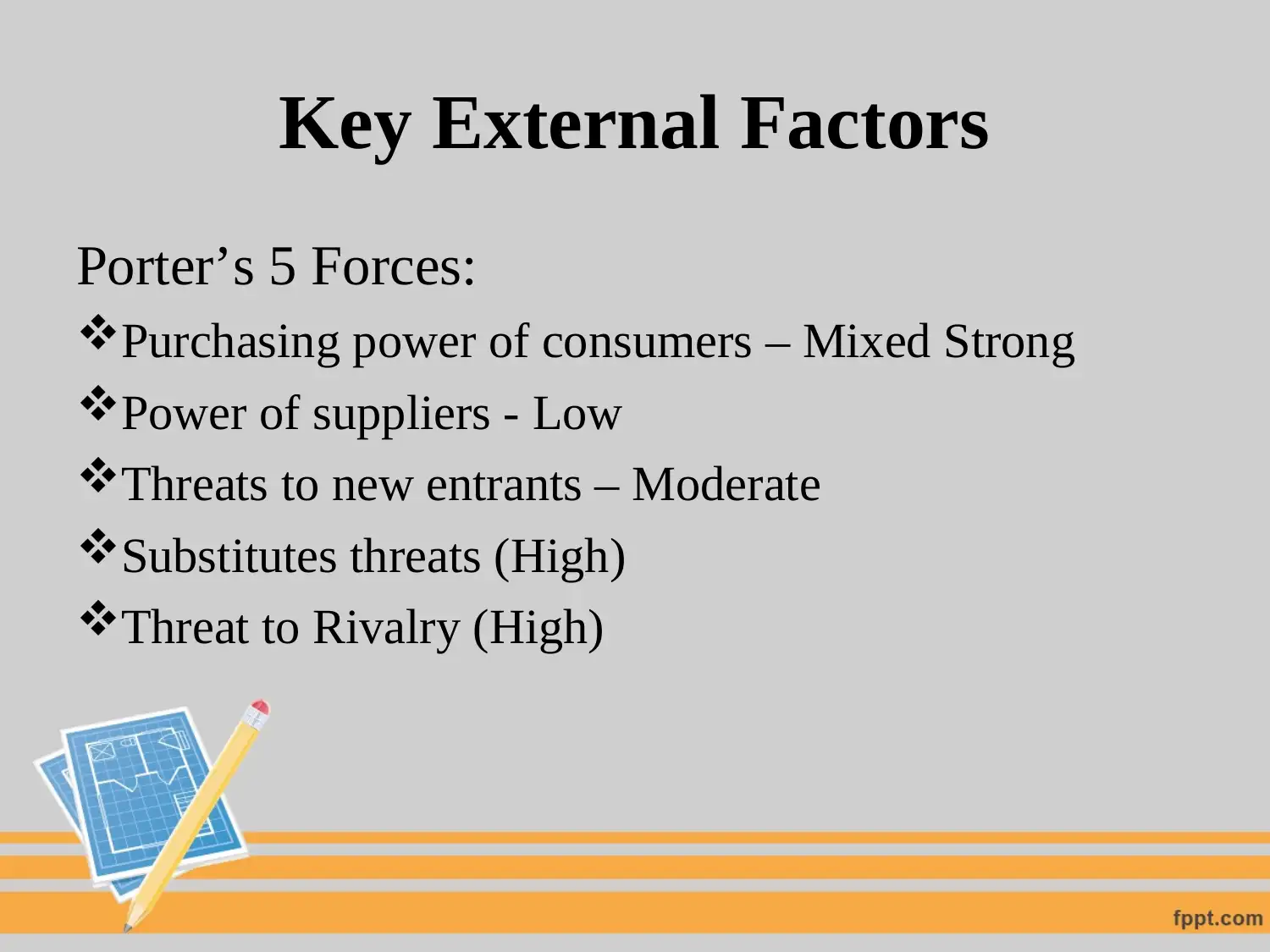
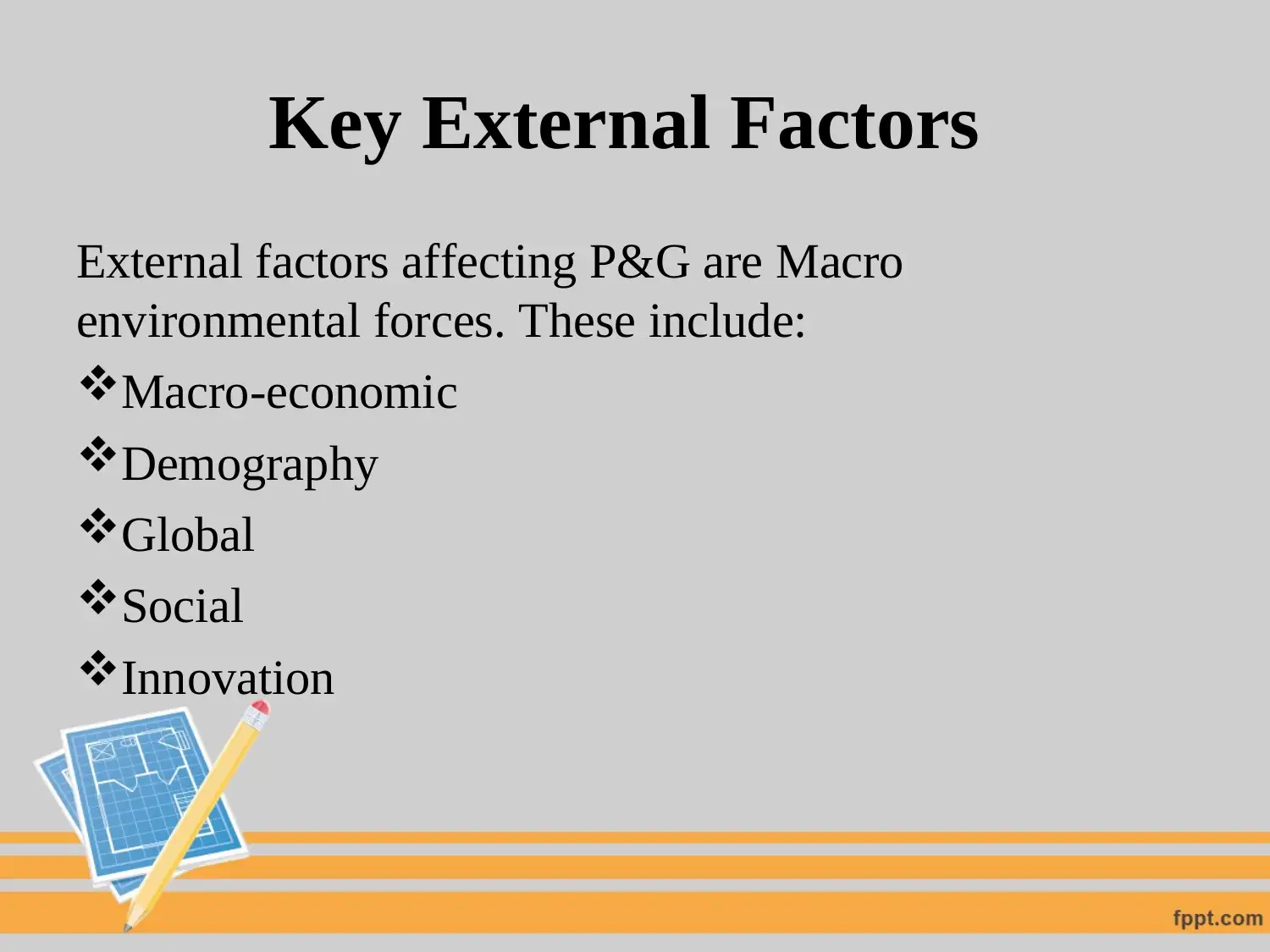
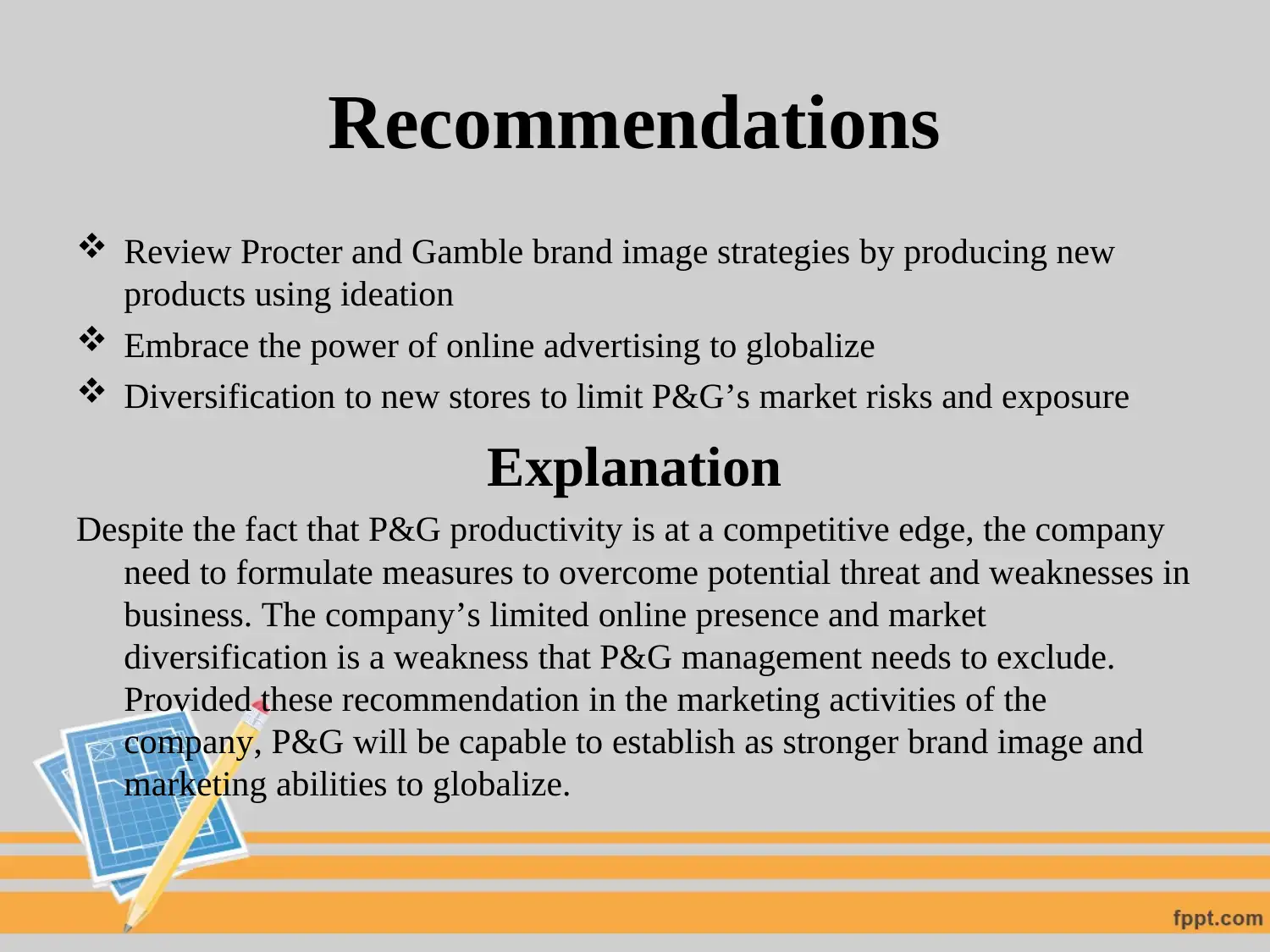






![[object Object]](/_next/static/media/star-bottom.7253800d.svg)